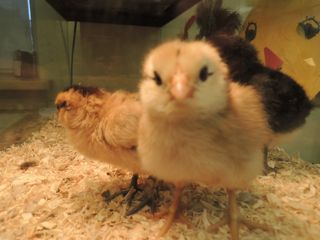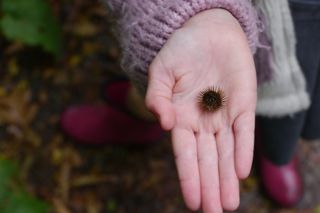So my students love gmail. They love sending emails on their school accounts and frankly, when people have said that “… in Grade 2 they are not ready to use this type of technology.” I usually begin to laugh as my students are as proficient logging into their school email accounts as they are sharpening their pencil and opening their Hilroy journal. Always looking for authentic connections for the students I began to wonder how I could introduce another digital literacy into their space.
Working with Cohort 21, out of all the mediums I have been most intrigued by, Twitter has always stood out for me. I think there is something special about the restraints of a tweet, the idea that one must get their point across in 140 characters. Over the past few weeks I have decided to do a bit of digging into how Twitter is used in other classrooms.
Reading a blog entry by Donal O’ Mahony outlining a year’s worth of twitter use by his students Donal raised some questions that I’ve used in a reflective manner, as he states: Why is it we want to experiment in using Twitter in teaching our subject areas?
- Is it to give relevancy and teach literacy?
- Is it to see what is feasible?
- is it to engage with our subjects in new ways?
- Is it indeed a good use of valuable teaching time
Building off of something that Garth posted on Diigo from a blog by Pernille Ripp, <<http://pernillesripp.com/2014/01/07/it-is-not-about-the-gadgets-why-every-teacher-should-have-to-integrate-tech-into-their-classroom-2/>>
I’ve had some serious trepidations around some issues that Ms. Ripp brings up, the idea that “Some teachers assume that clicking on a SmartBoard or having students type their papers mean that they are “integrating” tech.” as well as that “Teachers think they have a choice in their classroom.”
Anyways, having thought about it, I think I have found a way to make Twitter work in my space, and line it up with the educational philosophy of my school. Something that is valued at our school is Documentation, the act of taking notes and photographs of group discussions and children’s work and play. Documentation shows children that their work is valued, makes parents aware of class learning experiences, and allows teachers to assess both their teaching and the children’s learning. In addition, dialogue is fostered with other educators.
My desire is to model using Twitter as a form of documentation. Twitter is real time documentation that I believe can provide parents, colleagues and students with in the moment reflection on their work. The quick format will allow us to make the thinking visible of my students. I am continuing to find out ways how to connect parents into the classroom, make things more visible, and provide transparency in the classroom. I envision higher order thinking as the students provide a reflection on what they are posting on their feed. Some questions that are raised are? Do I ask all the parents to join Twitter? Do the students have their own accounts? Is there a teacher account or a classroom account? What are some of the best practices in classroom.
So far, I have begun an inquiry into what “Twitter” actually is with the students and there are many questions around why Twitter was created. There is an honest nature with young students that brings out such simple, yet powerful questions.
A major question asI have begun to move into this study is when is it appropriate for certain developmental ages to engage with these types of literacies. We have had some slight hiccups working with email in regards to privacy, and I am always hesitant of how young my students are.


